For Product Registration and general enquires please contact us
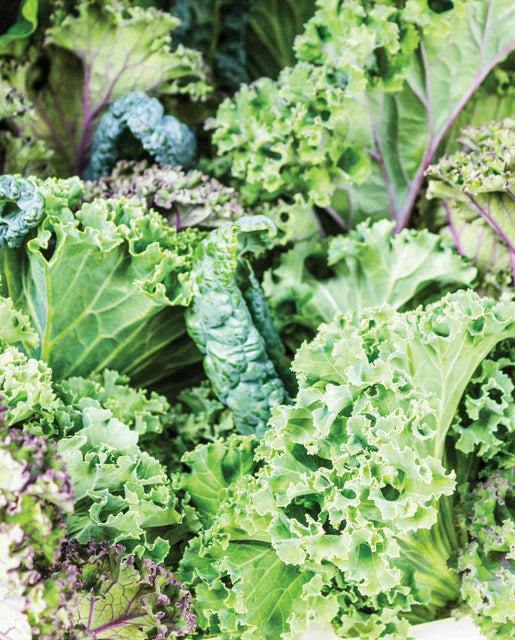
Summer Kale Blend
$7.99 – $21.99
This selection of kale varieties that thrive in the warmth of summer is intended for succession planting, starting early in the year. Sow short rows at three week intervals for a perpetual supply of baby greens, and allow half the crop to continue maturing into the cool weather at the end of summer.
West Coast Seeds ships anywhere in North America. However, we are not able to ship garlic, potatoes, asparagus crowns, bulbs, onion sets, Mason bee cocoons, or nematodes outside of Canada. We regret, we cannot accept returns or damages for orders outside of Canada. The minimum shipping charge to the US is $9.99.
Description
More details about Summer Kale Blend
This selection of kale varieties that thrive in the warmth of summer is intended for succession planting, starting early in the year. Sow short rows at three week intervals for a perpetual supply of baby greens, and allow half the crop to continue maturing into the cool weather at the end of summer. Grow the Summer Kale Blend in full sun to partial shade, in the garden beds or patio containers. Choose containers depending on the size intended for harvest – larger containers for larger plants. Enjoy tender baby leaf kale in salads and wraps, or chop into soups for added nutrition. This blend includes Red Russisan, Vates Blue, and Lacinato. Matures in 40-60 days.-
- For succession planting
- Baby kale all summer
- Good variety of colours
- Matures in 40-60 days
All About Summer Kale Blend
How to Grow Kale

Step 1: Timing
Direct sow in early spring to mid-summer for summer to winter harvests. Or start indoors 4-6 weeks before the last frost, and transplant out as soon as the soil warms up. Optimal soil temperature: 10-30°C (50-85°F). Seeds should germinate in 7-10 days.
Step 2: Starting
Sow 3-4 seeds 5mm (¼”) deep in each spot you where a plant is to grow. Thin to the strongest plant. Space 45-60cm (18-24″) apart in rows 75-90cm (30-36″) apart.
Step 3: Growing
Ideal pH: 6.0-6.8. Add lime to the bed 3 weeks prior to sowing. Kale likes well-drained, fertile soil high in organic matter. This plant prefers plentiful, consistent moisture. Drought is tolerable, but quality and flavor of leaves can suffer. Mix ¼ cup of complete organic fertilizer into the soil beneath each transplant, or use 1 cup beneath every 3m (10′) of seed furrow.
Step 4: Germination
Days to maturity: From transplant date. In optimum conditions, at least 80% of seeds will germinate.
Step 5: Harvest
Kale and collards can both be grown as a cut and come again crop for salad mixes by direct-seeding and cutting when plants are 5-8cm (2-3″) tall. They will re-grow. Or pick leaves from the bottom up on mature plants as you need them. In spring, the surviving plants start to flower, so eat the delicious flowering steps and buds.
Tips!
Disease & Pests: Protect from cabbage moths and other insect pests with floating row cover. Prevent disease with a strict 4-year crop rotation, avoiding planting Brassicas in the same spot more than once every four years. Companion Planting: All Brassicas benefit from chamomile, dill, mint, rosemary, and sage. Avoid planting near eggplants, peppers, potatoes, or tomatoes, as the acidic soil these plants thrive in can cause problems for Brassicas.Additional information
| Matures | in 40-60 days |
|---|---|
| Season | Cool season |
| Exposure | Full sun |
| Quantity | 1g, 5g, 25g |
You must be logged in to post a review.




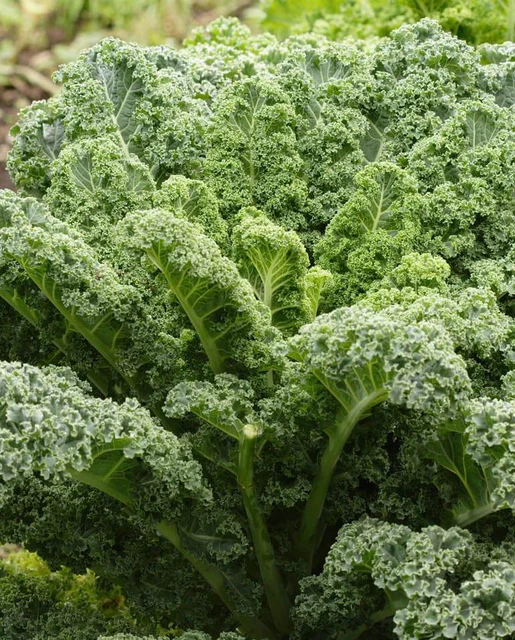
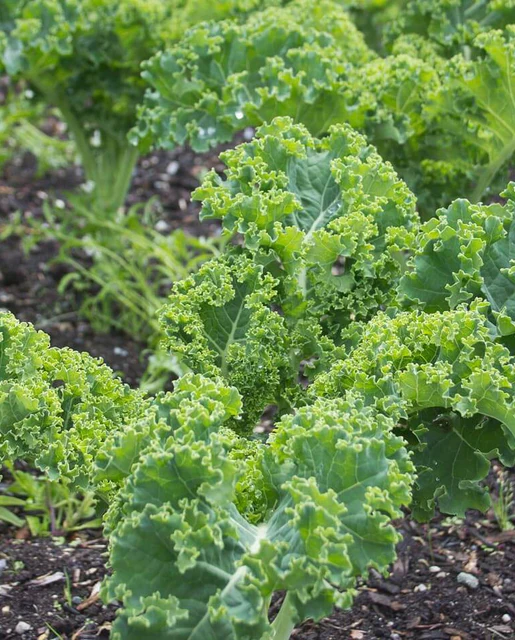
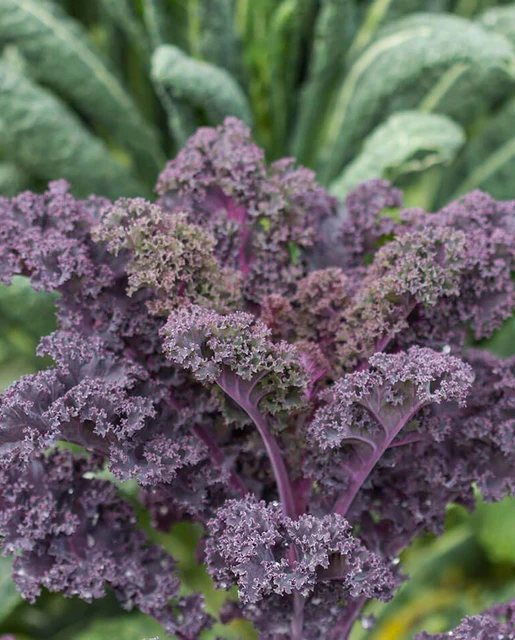
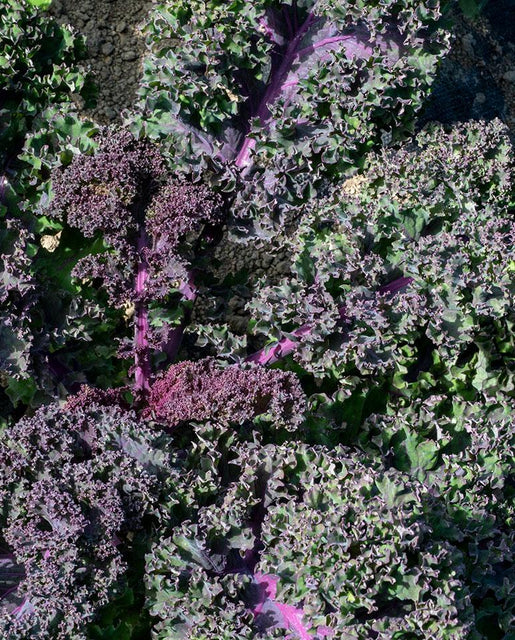
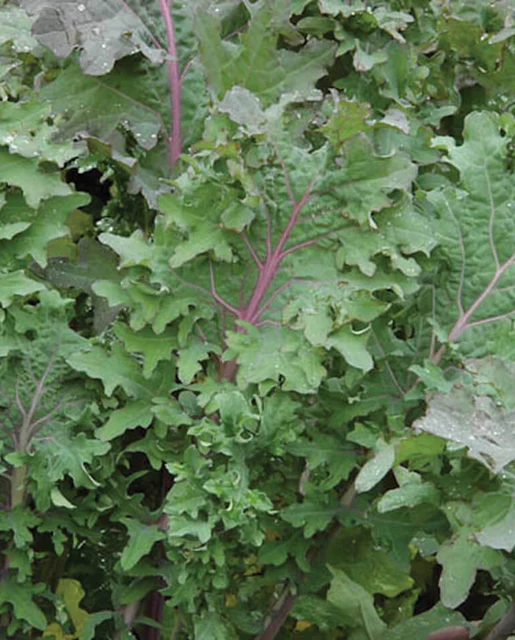
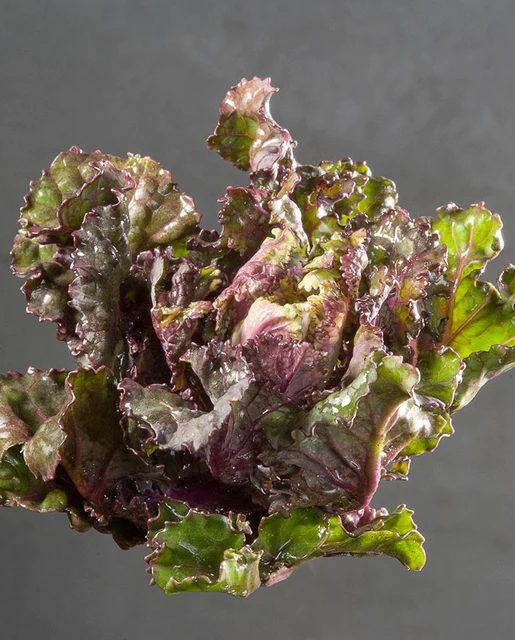
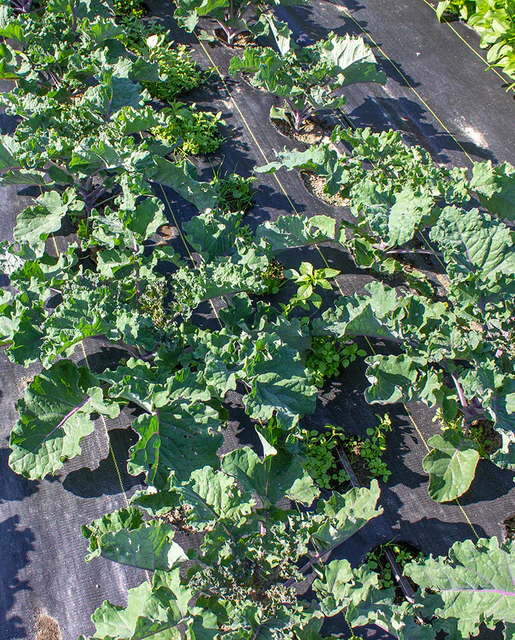




Reviews
There are no reviews yet.